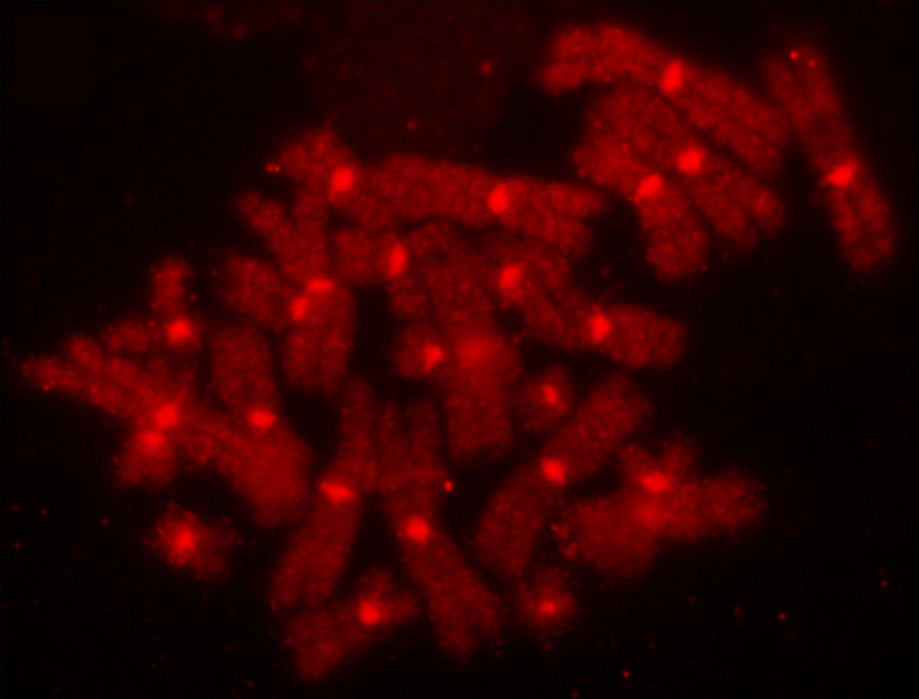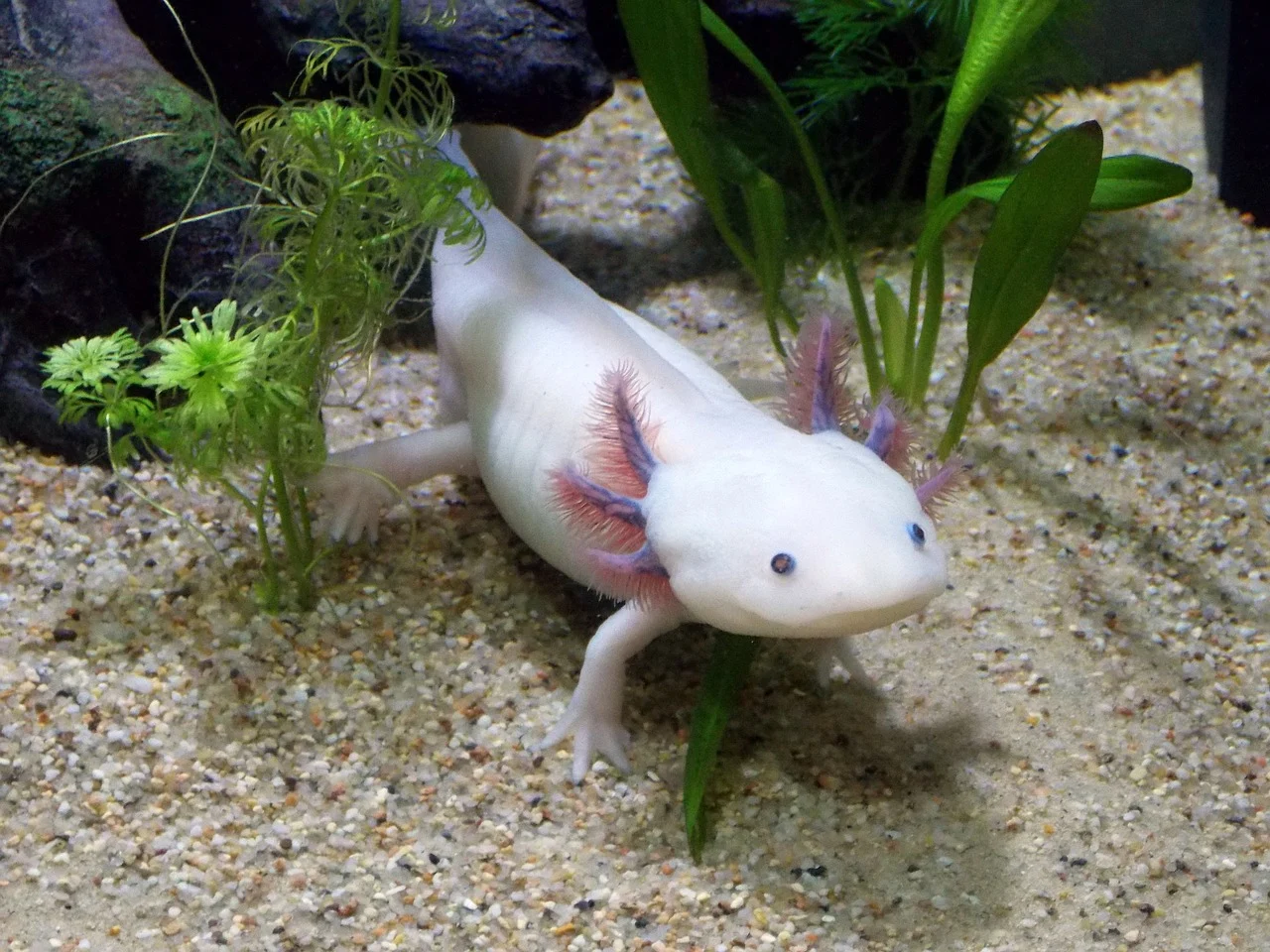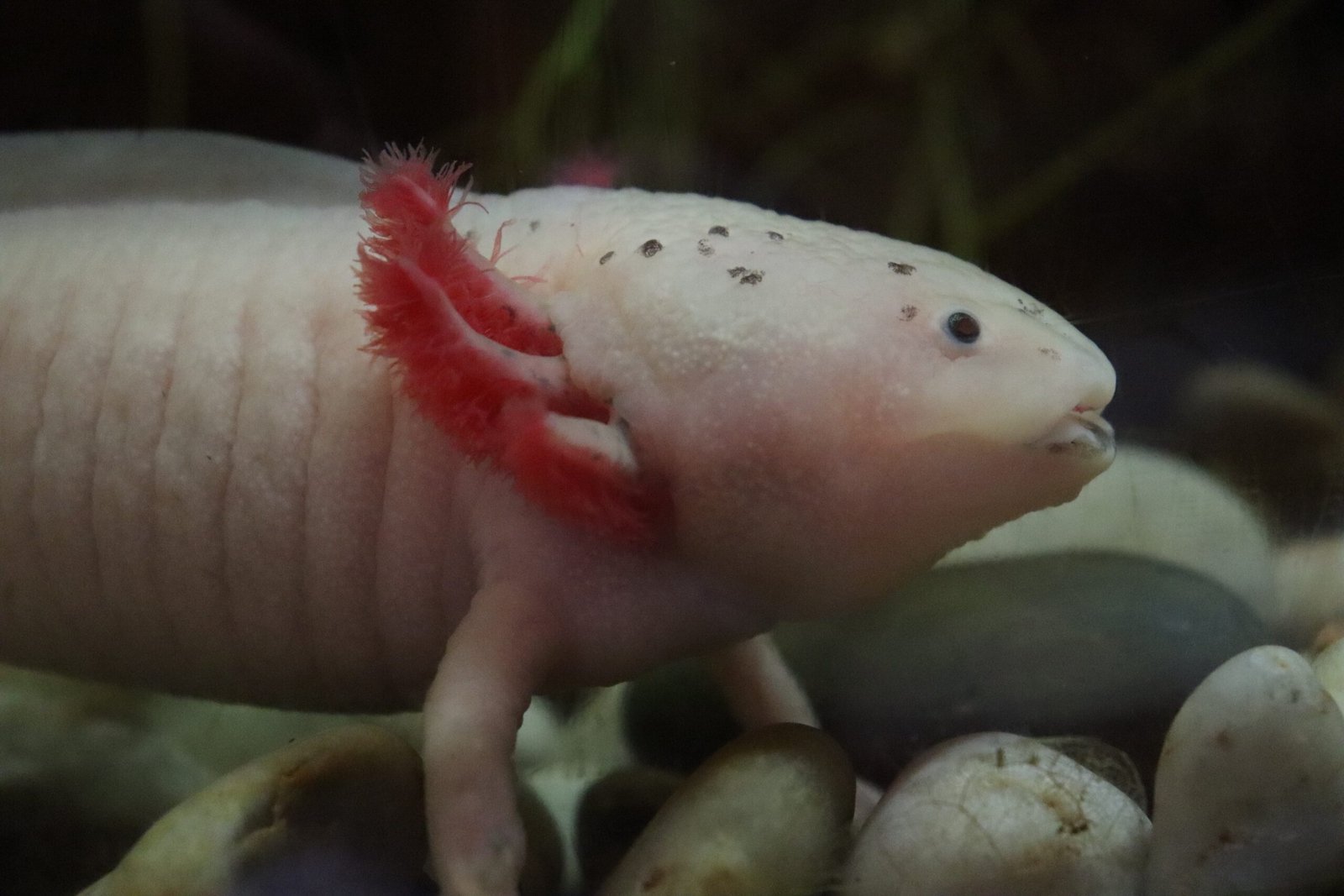Picture a creature that never truly grows up, sports a perpetual smile, and has the power to regrow its own limbs—sound like something out of a fantasy novel? Yet, this extraordinary being is very real, and it lives underwater in the heart of Mexico. The axolotl, also known as the “Mexican walking fish,” has enchanted scientists, pet lovers, and artists alike for generations. On this Cinco de Mayo, the axolotl is more than just a symbol of Mexico’s rich biodiversity—it stands as a living mystery, a biological marvel, and a beacon of hope for medical science. Let’s dive into the enchanting world of the axolotl and discover why it continues to capture our collective imagination.
The Enigmatic Origins of the Axolotl
The axolotl hails from the ancient lake systems of Xochimilco and Chalco, near Mexico City. These lakes, once vast and clear, have shrunk over centuries but still cradle the last wild populations of this iconic amphibian. The name “axolotl” comes from the Nahuatl language, meaning “water monster” or “water dog,” a nod to its mythic status in Aztec legends. Ancient peoples believed the axolotl was linked to the god Xolotl, who transformed into the creature to escape death. Today, the axolotl is celebrated as a cultural treasure, a living relic of Mexico’s storied past, and a testament to the resilience of life in the face of change.
A Master of Eternal Youth: Neoteny Explained
What truly sets the axolotl apart from other amphibians is its refusal to grow up—a phenomenon called neoteny. Unlike frogs and salamanders, the axolotl remains in its juvenile, aquatic state for its entire life. It keeps its feathery gills, wide tail, and aquatic habits, never undergoing the full metamorphosis that other amphibians experience. Scientists believe this perpetual youth is both a survival strategy and a fascinating genetic anomaly. The axolotl’s neoteny means it can continually regenerate tissues, making it a living window into the secrets of development and aging.
Regeneration: Nature’s Masterclass in Healing
Imagine losing a limb and watching it grow back, bone, muscle, nerves, and all—no scars, no loss of function. This isn’t science fiction; it’s everyday life for an axolotl. These amphibians can regrow entire legs, tails, parts of their hearts, and even bits of their brains. Researchers have spent decades studying how axolotls pull off this miraculous feat. The secret appears to lie in special cells called blastemas, which form at the injury site and blossom into whatever tissue is needed. The hope is that by understanding axolotl regeneration, we might one day unlock new ways to heal human bodies after injury or disease.
Genetic Wonders: Cracking the Axolotl Code

Delving into the axolotl’s DNA is like opening a treasure chest of biological mysteries. With a genome ten times larger than that of humans, axolotls possess a dizzying array of genes responsible for their unique abilities. Recent breakthroughs in genetic sequencing have allowed scientists to map the axolotl genome, providing insights into the genes that control regeneration, development, and disease resistance. By comparing axolotl genetics with those of other animals, scientists are piecing together the evolutionary puzzle of why some creatures regenerate, and others do not.
Conservation Crisis: The Battle for Survival

Despite their magical abilities, axolotls are teetering on the brink of extinction in the wild. Urbanization, pollution, and invasive species have devastated their native habitats in Mexico’s freshwater canals. Wild axolotls are now considered critically endangered, with only a few hundred estimated to remain outside of captivity. Conservationists are racing against time, working to restore the wetlands of Xochimilco and create safe havens for wild populations. Every axolotl saved is a victory for biodiversity and a reminder of the delicate balance between human progress and natural wonder.
Axolotls in the Lab: Heroes of Medical Research
The axolotl’s ability to regrow body parts has made it a superstar in scientific laboratories worldwide. From studying spinal cord injuries to testing treatments for heart disease, these amphibians are living testaments to the power of nature’s ingenuity. Researchers use axolotls to explore everything from stem cell therapy to genetic engineering, hoping to translate their regenerative prowess into cures for human ailments. The axolotl’s role in medical science is both practical and deeply inspiring—a living bridge between the wonders of nature and the future of medicine.
Celebrating Cinco de Mayo with Axolotls
Cinco de Mayo is a day of Mexican pride and cultural celebration, and the axolotl embodies the spirit of resilience and uniqueness that defines Mexico. Schools, museums, and artists across the country use the axolotl as a symbol of hope and renewal. On this festive day, axolotl-themed crafts, educational programs, and conservation campaigns remind people of the importance of protecting this remarkable animal. The axolotl’s cheerful face has even inspired everything from children’s books to popular memes, making it a beloved ambassador for Mexican wildlife.
Axolotls as Pets: Joys and Challenges
More and more enthusiasts are welcoming axolotls into their homes as exotic pets. Their quirky personalities and endearing looks make them a hit with kids and adults alike. However, caring for an axolotl isn’t always easy—they require pristine water, a carefully controlled diet, and special attention to temperature and environment. Responsible pet owners take steps to ensure their axolotls live long, healthy lives, all while spreading awareness about the species’ plight in the wild. Keeping an axolotl can be a rewarding experience, but it comes with the responsibility to respect and protect these fascinating animals.
Axolotls in Pop Culture: From Myth to Meme

The axolotl’s unique appearance and aura of mystery have made it a staple of pop culture. Artists, writers, and filmmakers are drawn to its otherworldly charm. From ancient Aztec legends to animated TV shows and viral internet videos, the axolotl is everywhere. Its feathery gills, wide eyes, and perpetual smile have inspired everything from fashion to video games. The axolotl’s story transcends science and culture, reminding us that sometimes the strangest creatures are also the most beloved.
Looking Forward: The Future of the Axolotl
As scientific research accelerates and conservation efforts gain momentum, hope grows for the axolotl’s survival. New breeding programs, habitat restoration projects, and educational campaigns are making a difference. Innovations in biotechnology promise to deepen our understanding of axolotl regeneration, potentially transforming medicine as we know it. The axolotl’s journey from ancient myth to scientific marvel is far from over—its next chapter is being written by everyone who cares about the wonders of life on Earth.
The axolotl is more than just a Mexican marvel; it’s a symbol of resilience, curiosity, and possibility. What other secrets might creatures like the axolotl reveal if we choose to look closer?




